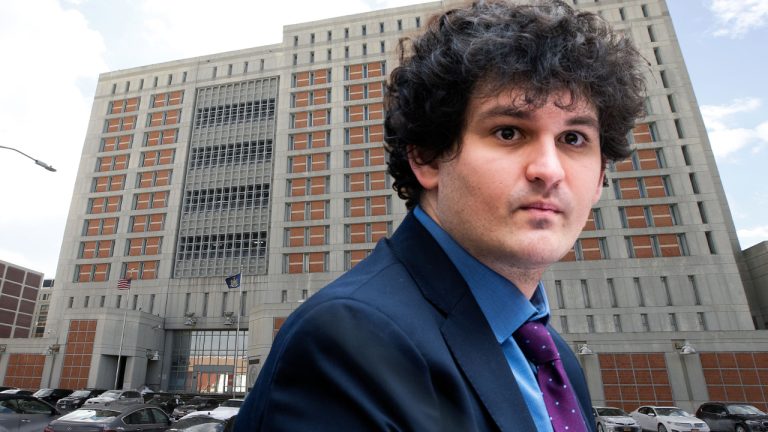DOJ Demands Revocation of Bankman-Fried’s Bail, Wants Him Confined in Metropolitan Detention Center for Trial

After accusations against the disgraced FTX co-founder, Sam Bankman-Fried, for allegedly meddling with a witness by providing the New York Times with excerpts from former Alameda Research CEO Caroline Ellison’s private journal, the legal team representing Bankman-Fried countered by insisting that he was merely exercising his First Amendment right to free speech. The U.S. government, however, takes a different stance, and prosecutors contend that Bankman-Fried “went beyond benignly exercising a constitutional right to speak to the press.”
U.S. Government Calls for Bail Revocation of Former FTX CEO
Upon facing allegations of witness tampering after disclosing Ellison’s private journal entries to the New York Times, Sam Bankman-Fried’s legal team asserted that it was within his constitutional rights. Bolstering their claim, they submitted an expert affidavit from a Harvard Law School professor, who also maintained Bankman-Fried’s right to communicate with the media. Additionally, the New York Times defended the former FTX CEO’s ability to disseminate statements through news outlets in a letter.
Dated August 2, 2023, and addressed to judge Lewis Kaplan, David McCraw penned the letter on behalf of the New York Times Company. He emphasized the significance of adhering to SDNY Local Criminal Rule 23.1’s two provisions, asserting that doing so is crucial for safeguarding the public’s First Amendment right to obtain information about financial misconduct. The letter’s tone implies apprehension regarding potential limitations on freedom of expression and public access to details on FTX case legal proceedings.
In response to McCraw and the New York Times’ correspondence, the Department of Justice (DOJ) vehemently countered with another missive declaring that Bankman-Fried exceeded his First Amendment rights. While conceding that both parties agree Samuel Bankman-Fried divulged Caroline Ellison’s confidential writings to the newspaper, the DOJ contends it was a deliberate effort to manipulate public opinion about her and, consequently, himself. The letter states:
What is clear—regardless of whether the defendant was the first source for stories regarding Ellison—is that the defendant, rather than deny his guilt as he correctly now says it is his right to do, shared materials with the press obviously designed to intimidate, harass, and embarrass someone he knows is slated to testify against him, and to provoke an emotional response in potential jurors and color a potential juror’s view of that witness.
Following the court’s reprimand of the defendant, it is implied there may be sufficient grounds to suspect that he committed or attempted a federal felony such as witness tampering or attempted witness tampering. The prosecution describes Bankman-Fried’s actions as surreptitious measures intended to wrongly discredit a trial witness and influence the jury pool — acts portrayed as exceeding his legitimate constitutional right to engage with the press.
The letter argues that rather than an “abrupt reversal of course,” the government maintains a consistent response to Bankman-Fried’s escalating defiance of his bail terms. The prosecution’s unequivocal request is spelled out: they demand revocation of Bankman-Fried’s bail and hope to see him detained at the Metropolitan Detention Center (MDC) until the commencement of his trial.
What do you think about the DOJ’s letter to judge Kaplan? What do you think about the New York Times’ letter as well? Share your thoughts and opinions about this subject in the comments section below.

